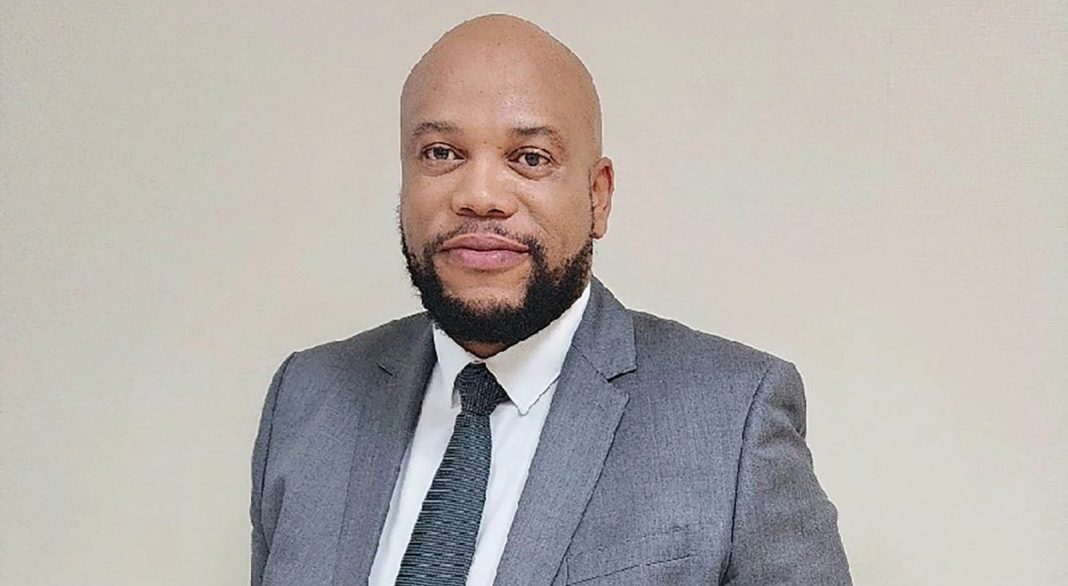World Vision Lesotho says hunger is at its worst in generations.
In Lesotho, there are over 580 000 people who are food insecure. Child stunting is at 35 percent while anaemia affects 51 percent of the country’s children.
Despite these disturbing figures, World Vision strongly believes that hunger is solvable.
theReporter’s Neo Kolane sat down with World Vision Lesotho’s humanitarian and emergency affairs manager, Pulane Mokhethi, who urged Basotho to invest in child nutrition, sustainable food systems and fund zero hunger initiatives.
What are the key factors contributing to the current food insecurity crisis in Lesotho?
There are quite a number of factors contributing to the food insecurity crisis in Lesotho. Firstly, there is the issue of climate change. We had El Nino induced drought that contributed to poor agricultural production, leading to food insecurity in most communities across the country.
Another factor is inflation; prices are very high, and people are not able to access food. Access is one of the components of food security, so if people are not able to get food because prices are high, that contributes to food insecurity.
We also have economic challenges. There is a high rate of unemployment and serious poverty. Most households do not have purchasing power, meaning there is no income and they are not able to access food.
How is World Vision Lesotho specifically addressing the issue of child stunting, which affects 35 percent of children in the country?
We have quite a number of interventions that we do. We are operational mostly in the rural areas.
We have structures like nutrition clubs whose members are capacitated on how they should prepare food.
Sometimes we realise that children under the age of five go to where food is being prepared and they are given nutritious food.
As World Vision we support the Ministry of Health in some of its interventions like Breastfeeding Week. We disseminate information on the importance of breastfeeding; this is because breastfeeding also reduces stunting.
In rural areas, there is a high rate of teenage pregnancies. This means at some point, they will leave their newly-born babies with their parents who do not know how to take care of them. That sometimes contributes to stunting.
World Vision has also introduced some initiatives like the Impact Plus Model, where teenagers join youth clubs where they are empowered with about life skills and engage in income generating activities. This is meant to keep them busy, especially during school breaks and to stop them from idling and indulging in sexual activities that might result in pregnancies.
With anaemia affecting over 50 percent of Lesotho’s children, what specific interventions are being made to improve nutrition and reduce the incidence of iron deficiencies?
We do outreach programmes with the Ministry of Health where we help them to distribute and give anaemic children micronutrient powder. The powder helps reduce anaemia.
Apart from that, we have the Enough Campaign intended to create awareness among adolescents about the need to take food rich in iron. Some adolescents have iron deficiency.
We also train caregivers on infant and young child feeding practices in partnership with the ministries of agriculture and health. We take participants when they should prepare and preserve food.
How are local communities involved in building sustainable food systems to ensure long-term food security in Lesotho?
We do long-term interventions.
When it comes to food security, local communities are mostly engaged in climate smart agriculture. For instance, they are engaged in conservation agriculture, which is an effect farming practice to retain moisture. So, when El Nino hits, they are able to have production due to moisture.
The local communities also do homestead garden keyholes that address drought which contributes to food insecurity.
We also have a Savings for Transformation model, where communities contribute money and share. This enables them to engage in income generating activities.
What role does education play in World Vision’s approach to improving nutrition and reducing hunger in Lesotho?
We do a lot in schools.
We construct water systems in schools, so that students have access to water.
With the availability of water, we also do shade nets for vegetable production so the learners are be able to irrigate and reduce food insecurity.
How is World Vision Lesotho coordinating with other humanitarian organisations and the government to respond to the hunger crisis?
Disaster Management Authority (DMA) is the coordinating body on response to emergency brought by food insecurity.
DMA coordinates all the humanitarian actors. We have bi-weekly meetings where we share what we are working on. That is very helpful because it helps us not to overlap. All the interventions that we do contribute to reducing food insecurity.
What are the most critical resources or funding needed to scale up efforts in tackling hunger and malnutrition in Lesotho?
We need funding which will help us cater for all the people who are in need of food because they are so many.
We also need technical experts to teach people on how to build resilience.
Our interventions should not only be on emergency responses, but also on resilience interventions.
These people who are in need of food need money and expertise. There should also be development activities.
We should invest 40 percent on immediate interventions, 40 percent into resilience interventions and 20 percent in development. This is done by all humanitarian actors.
What are the primary challenges that World Vision Lesotho faces when addressing food insecurity and malnutrition, and how can these be overcome?
We are working in rural areas with people who think they were born poor and have to remain like that. Even when one tries to help such people and give them agricultural inputs, they feel they do not deserve such and would rather sell them.
We also have the Empowered Well View Model, which we use to change the mind-set of communities. We apply this model before we do any interventions, to show people that they have resources – land and water around them.









